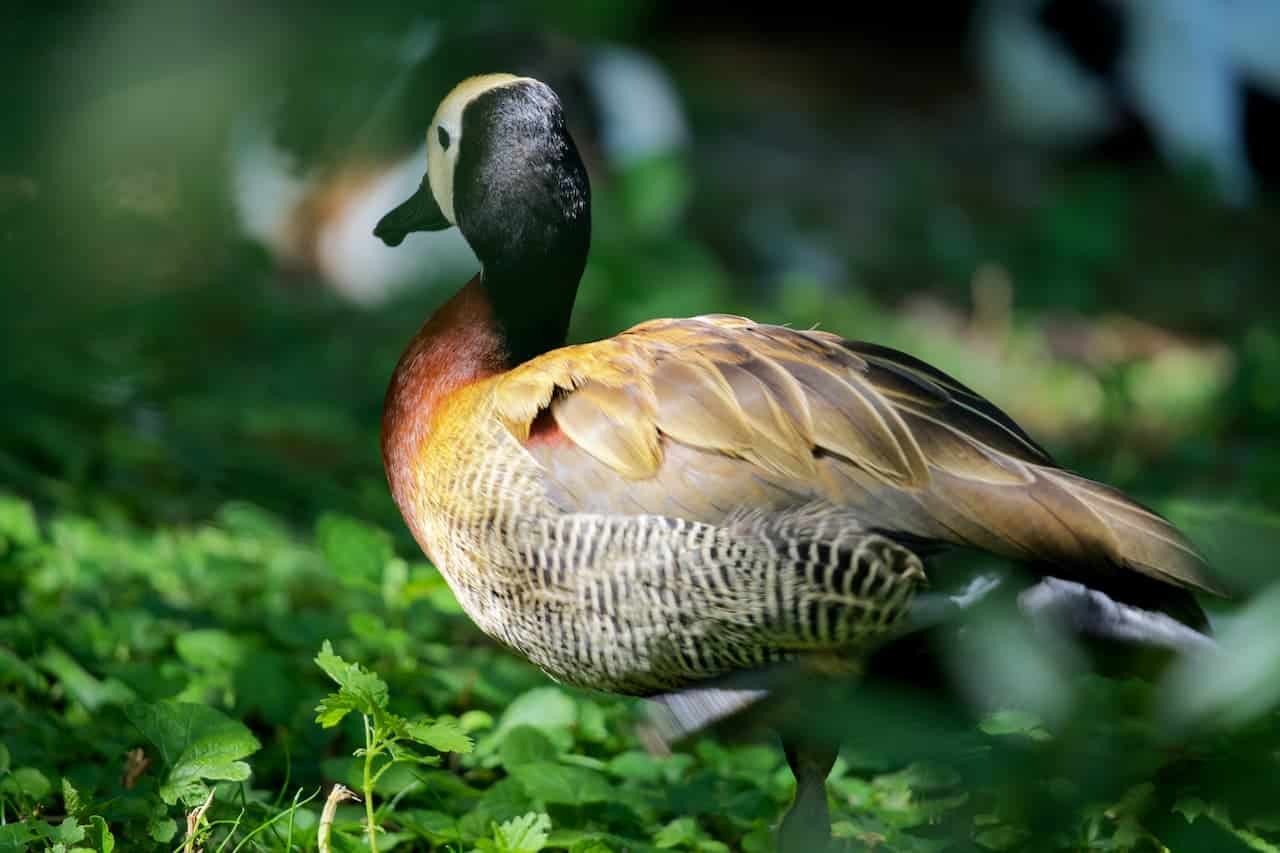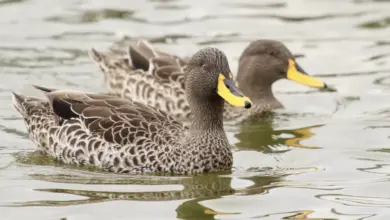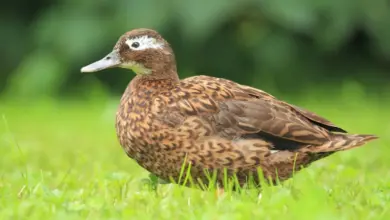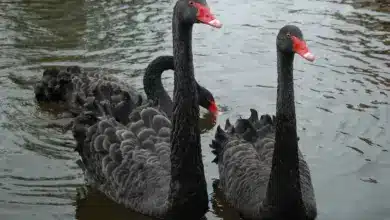Common Pochards (Aythya ferina)
Common Pochards (Aythya ferina)
The Common Pochards (Aythya ferina) is a medium-sized diving duck that breeds in much of temperate and northern Europe into Asia. These ducks are migratory, and winter in the southern and west of Europe.
In the British Isles, they breed in eastern England and lowland Scotland, and to a lesser extent in Northern Ireland. Many of them overwinter in Great Britain, after leaving their summer territories in Russia and Scandinavia, where they breed in marshes and lakes with a meter or more water depth.
They form large flocks in winter, often mixed with other diving ducks, such as Tufted Duck, with whom they are known to hybridize.

Description
The adult male has a long dark bill with a grey band, a red head and neck, a black breast, red eyes and a grey back.
The adult female has a brown head and body and a narrower grey bill band. The triangular head shape is distinctive.
Similar Species ID: Pochards are superficially similar to the closely related North American Redhead and Canvasback.
Diet / Feeding
They feed by diving or dabbling, eating aquatic plants with some mollusks, aquatic insects and small fish.
They often feed at night, and when diving for food may feed upside down during feeding.
Status
The Pochard is endangered and protected under the Agreement on the Conservation of African-Eurasian Migratory Waterbirds (AEWA).
The Baer’s Pochard (Aythya baeri) is a diving duck found in eastern Asia, similar in appearance to the Ferruginous Duck. It breeds in south-east Russia and north-east China, migrating in winter to southern China, Vietnam and India.
Diet / Feeding:
Common Pochards usually feed by diving or dabbling – and often at night. They will upend for food as well as the more characteristic diving. Their staple diet consists of aquatic plants with some mollusks, aquatic insects and small fish.
Ducks generally feed on larvae and pupae usually found under rocks, aquatic animals, plant material, seeds, small fish, snails and crabs.
Feeding Ducks …
We all enjoy ducks and many of us offer them food to encourage them to come over and stay around – and it works! Who doesn’t like an easy meal!
However, the foods that we traditionally feed them at local ponds are utterly unsuitable for them and are likely to cause health problems down the road. Also, there may be local laws against feeding this species of bird – so it’s best to check on that rather than facing consequences at a later stage.
- Foods that can be fed to Ducks, Geese and Swans to survive cold winters and remain healthy when food is scarce in their environment.

Please note that feeding ducks and geese makes them dependent on humans for food, which can result in starvation and possibly death when those feedings stop. If you decide to feed them, please limit the quantity to make sure that they maintain their natural ability to forage for food themselves – providing, of course, that natural food sources are available.
Relevant Resources
Beauty Of Birds strives to maintain accurate and up-to-date information; however, mistakes do happen. If you would like to correct or update any of the information, please contact us. THANK YOU!!!




